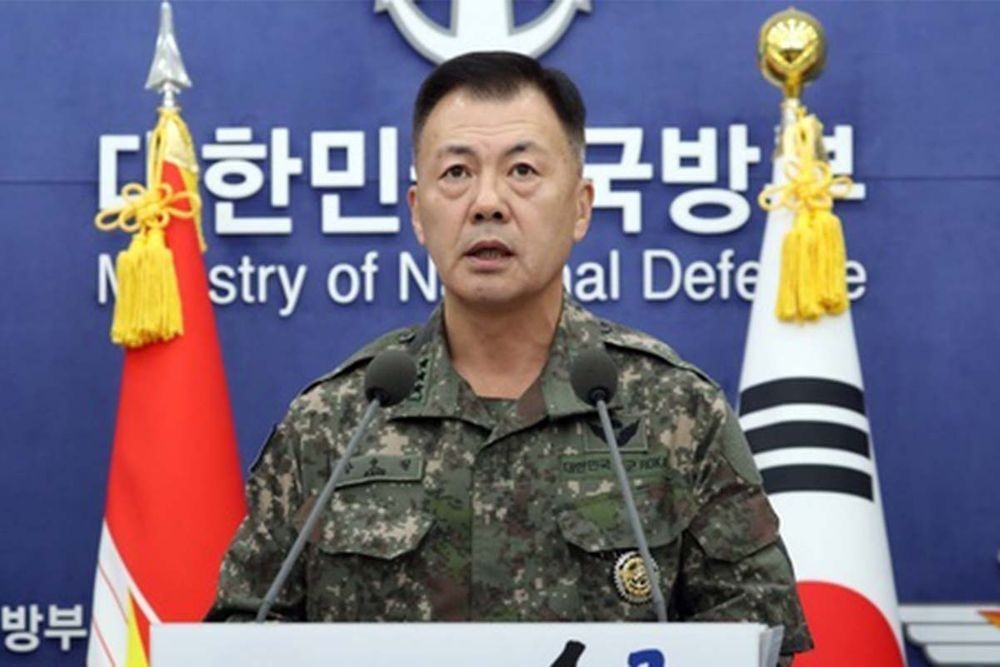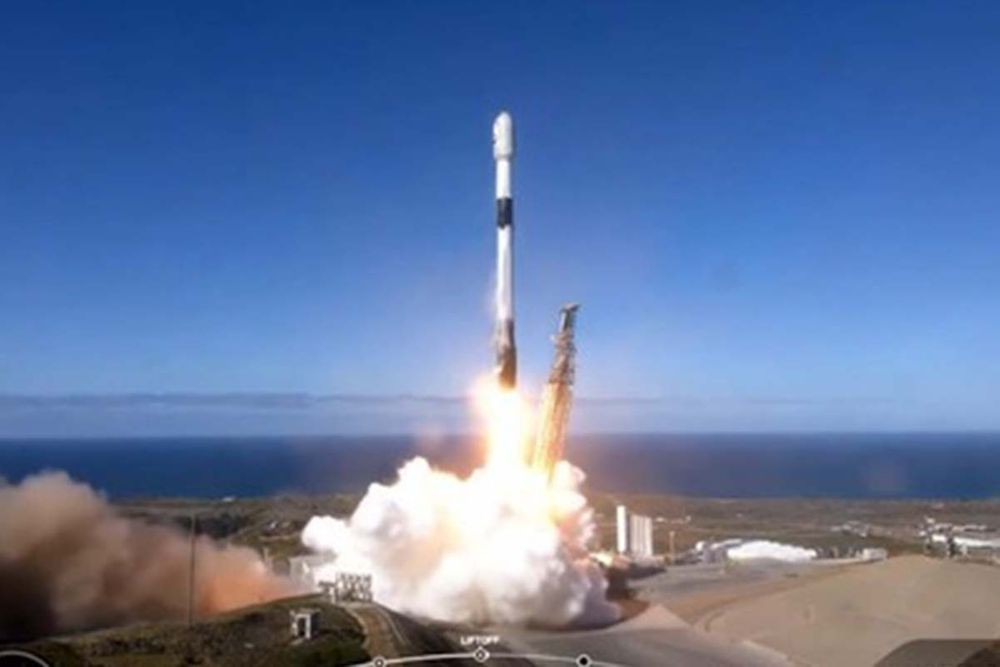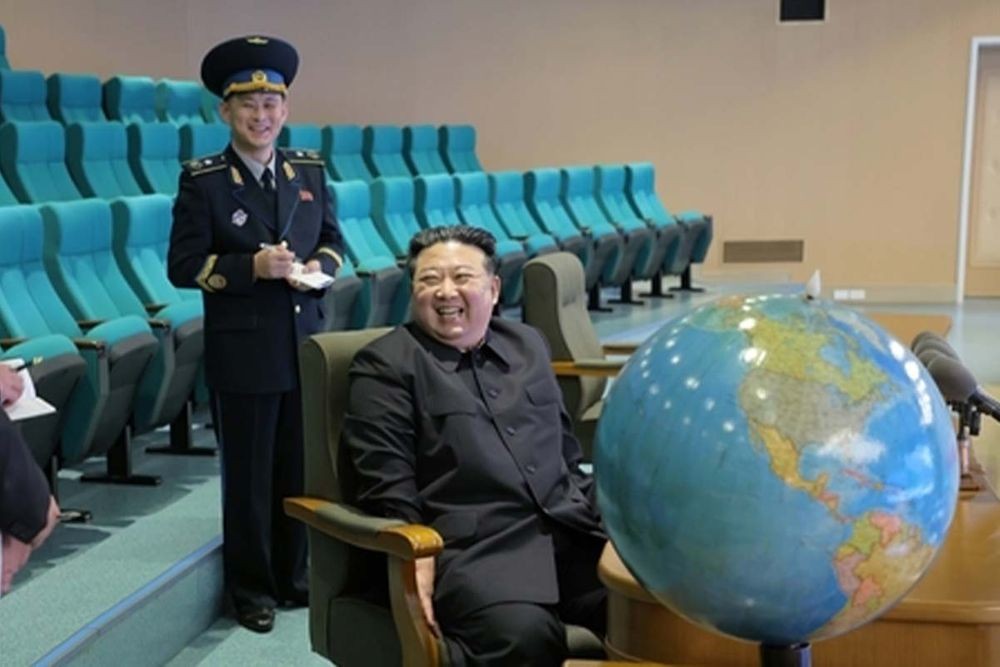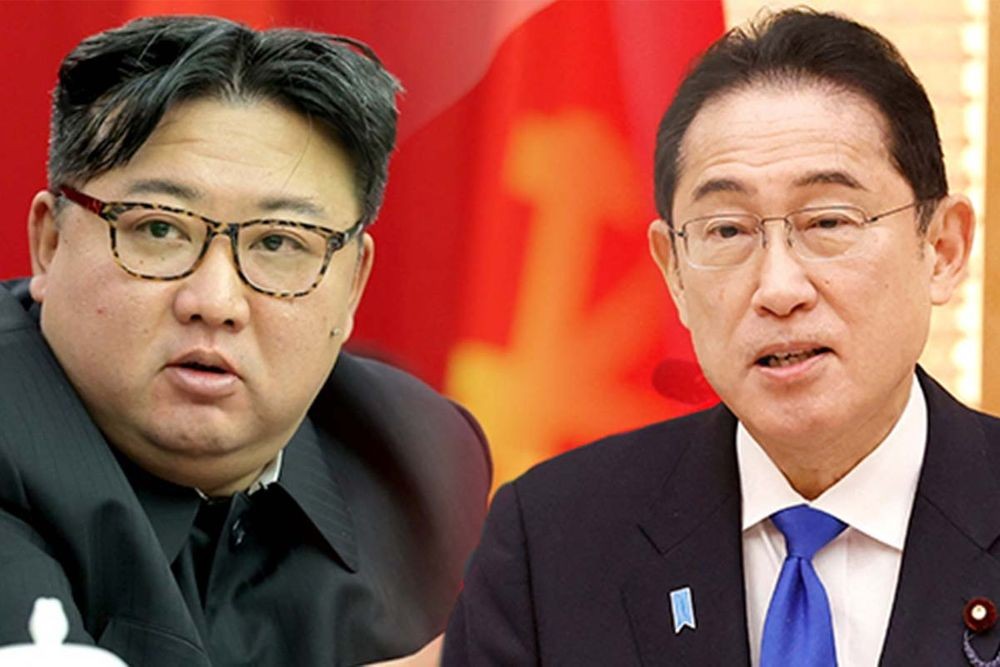South Korean Military Plans to Launch Reconnaissance Satellite in Early April
North Korea Detected Preparing for Satellite Launch in Response to South Korea
Kim Yo Jong Publicly Reveals Request for Dialogue from Japanese Prime Minister Kishida

Amid the announcement that the military authorities are planning to launch the second military reconnaissance satellite in early April, it has been identified that North Korea has also begun preparations for the launch of its second military reconnaissance satellite.
During the regular briefing on the 25th, Jeon Ha Gyu, the Ministry of National Defense spokesperson, said, “We are in the final discussions with our partners regarding the launch schedule of our military’s second reconnaissance satellite, which is slated for early April.” The South Korean military’s first reconnaissance satellite was launched into space from Vandenberg Space Force Base in California in December 2023 aboard SpaceX’s Falcon 9 rocket.
The military announced that the first satellite, which is orbiting the Earth normally, will start its mission to monitor and survey major targets in North Korea from June to July after undergoing operational testing and evaluation in mid-March.

The second reconnaissance satellite is expected to be launched from a US Air Force Base in Florida during the first week of April aboard SpaceX’s Falcon 9 on a day with favorable weather conditions. While the first satellite was equipped with electro-optical (EO) and infrared (IR) imaging equipment, the second one will be fitted with a high-performance Synthetic Aperture Radar (SAR). SAR satellites create images by synthesizing the signal data reflected after sending electromagnetic waves to ground targets, which has the advantage of being able to observe regardless of the weather. EO and IR satellites can secure slightly clearer images than SAR satellites, but their missions are limited on cloudy days due to weather influence.
The Ministry of National Defense planned to secure five reconnaissance satellites by 2025. The planned third to fifth satellites are all expected to be SAR satellites. The South Korean military said that if all five reconnaissance satellites are secured, it can monitor and survey specific points in North Korea every two hours.

North Korea has advanced its technology to the point where it can place military reconnaissance satellites into orbit, successfully launching it on its third attempt in November 2023. However, it is known that the satellite is not functioning correctly.
Minister of National Defense Shin Won Sik said at a press conference in February, “There are no signs of North Korea’s reconnaissance satellite working. It is orbiting without any functional movement or tasks.” Although the North Korean reconnaissance satellite is indeed flying in a normal orbit, rotating around the Earth in an elliptical shape, it is analyzed that it cannot perform the function of directly photographing targets such as South Korea or US military bases and transmitting them to the ground, as North Korea claims.
North Korea announced securing three more reconnaissance satellites in 2024. As the South Korean military detected a related trend, the possibility of its launch is suggested. A military official said, “North Korea is also preparing for the launch of a reconnaissance satellite,” and reported that movements of related researchers and equipment have been observed at the Sohae Satellite Launch Site in Tongchang-ri, Cholsan County, North Pyongan Province.
Experts predict North Korea will also give advance notice this time, as it has always notified the International Maritime Organization (IMO) of the launch notice period every time it launches an artificial satellite.
There was also a view that North Korea could launch an additional reconnaissance satellite around the end of March, ahead of the launch of our military’s second reconnaissance satellite. However, since North Korea has not yet given a launch notice related to the satellite, the possibility of a launch this month is considered very low. A Joint Chiefs of Staff official said, “It’s true that North Korea continues to prepare for the launch of a reconnaissance satellite, but it’s difficult to predict the launch time.”

Since March, North Korea has intensified its hostility towards South Korea, focusing on analyzing and countering our military’s movements. While the South Korea-North Korea relationship is deepening in conflict, the North Korea-Japan relationship shows signs of improvement. On the 25th, North Korea’s Kim Yo Jong revealed that Japanese Prime Minister Fumio Kishida had requested to meet with Kim Jong Un.
This is a surprise revelation, as Prime Minister Kishida proposed a summit meeting just a day after the Financial Times reported on the 24th (local time) that Japan and the United States are planning the largest alliance upgrade since the conclusion of the US-Japan Security Treaty, including the expansion of the US Forces Japan Command.
It is analyzed as a strategy to shake the cooperation of South Korea, the United States, and Japan by revealing North Korean underwater negotiations and threatening that South Korea is being excluded from the dialogue. North Korea is showing an attitude of threatening South Korea using the Tong-il-bong-mi (engage Japan and block the U.S.) tactic. Prime Minister Kishida said about Kim Yo Jong’s statement, “I am aware of Kim Yo Jong’s statement. To resolve all issues with North Korea, holding a summit meeting is crucial,” leaving the possibility of dialogue with North Korea open. However, regarding the possibility of a North Korea-Japan summit, he added, “It’s a matter with the other side,” and “There’s nothing decided yet.”
Experts analyzed that emphasizing the possibility of North Korea-Japan negotiations is a strategy to create a rift by creating discord in the cooperation between South Korea, the United States, and Japan, threatening the exclusion of South Korea from the dialogue. Professor Park Jung Jin of the International Relations Department at Tsuda University in Japan explained, “North Korea is making public contact facts, etc., in the media to take the initiative because it is essential to contact Japan first to break the triangular relationship.” He predicted, “North Korea is trying to contact Japan to secure a channel for negotiations with the United States.”















Most Commented